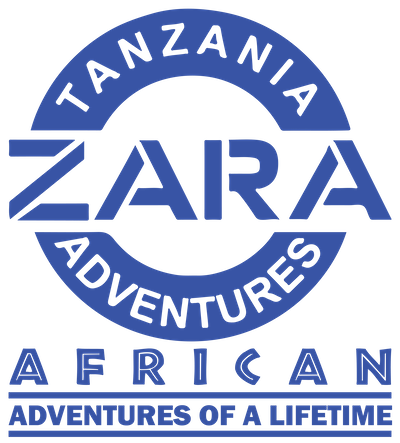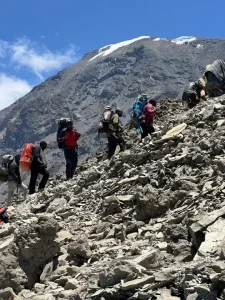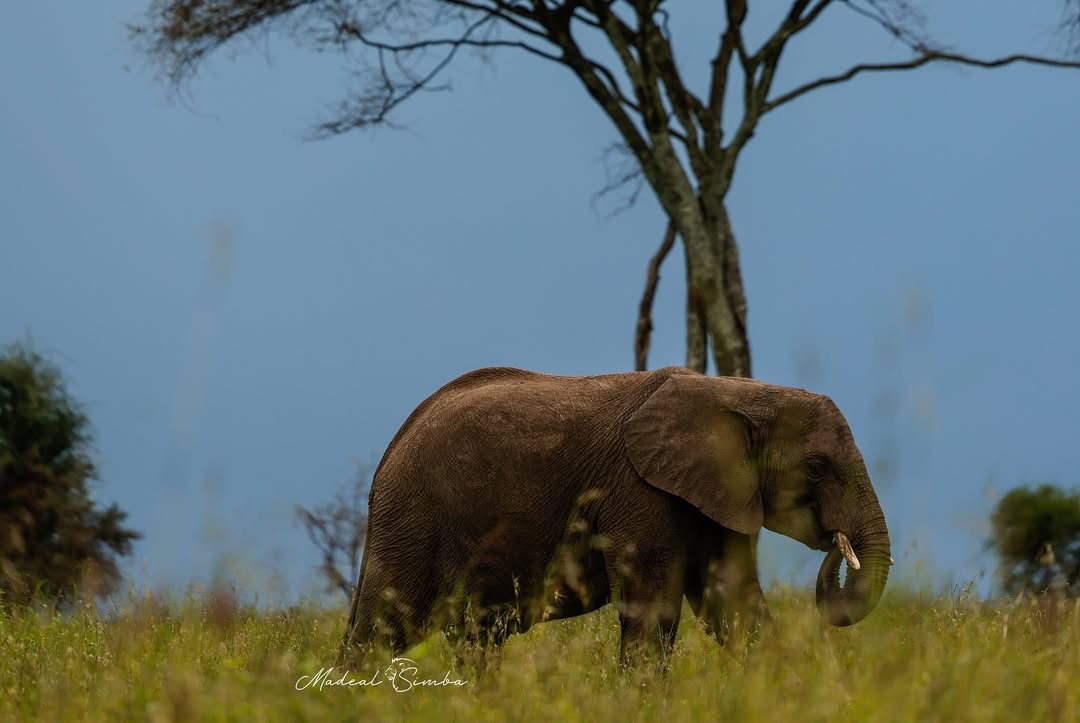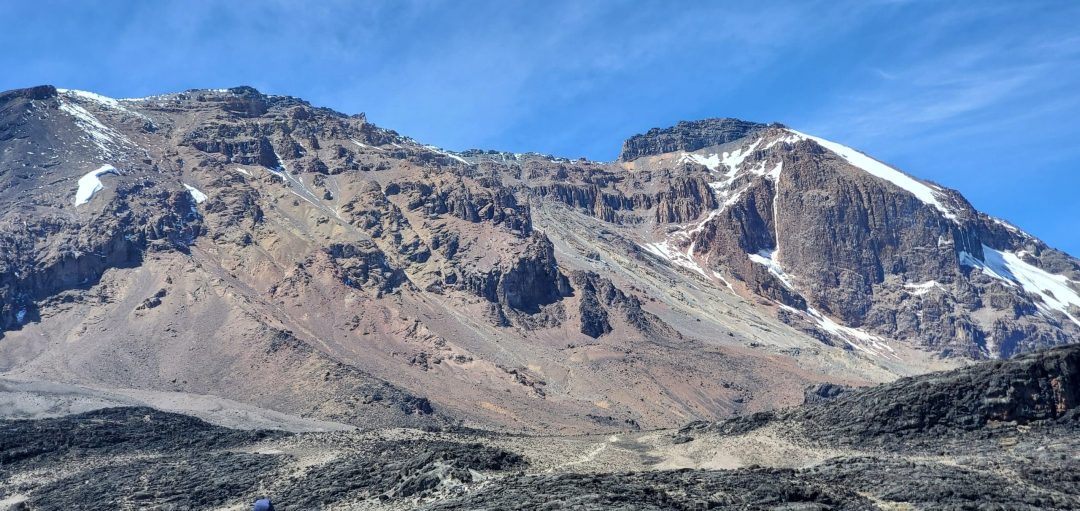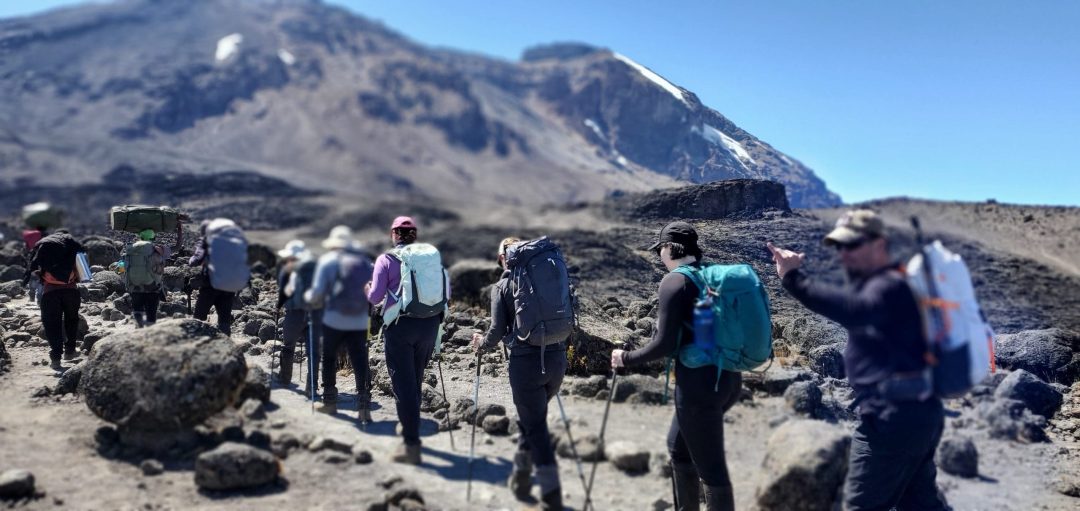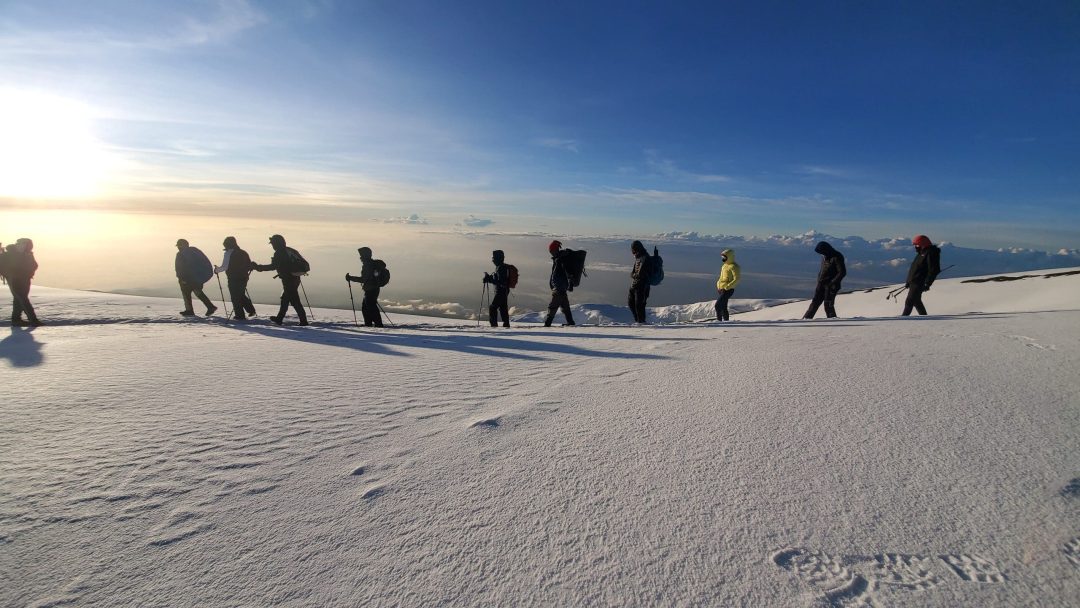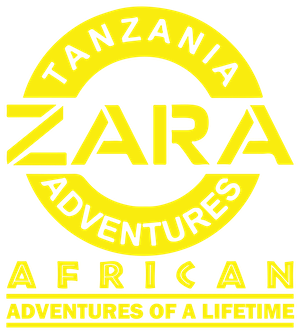Many people picture Mount Kilimanjaro as the highest point in African nature. Standing tall in Tanzania, it draws the attention of anyone who wants to climb or explore the area. Now this is the question: just how high is Mount Kilimanjaro? Why, then, is its uplifting so unique?
We will examine Kilimanjaro’s height, compare it to other mountains in Africa and worldwide, and discuss its significance for those who attempt to reach the summit.
What Is the Official Kilimanjaro Height?
The official height of Mount Kilimanjaro is 5,895 meters (19,341 feet) above sea level. The National Geographic Society utilised advanced GPS technology to verify this measurement in a 2008 survey.
This is interesting because previous records give somewhat different data. A few of the older signs at the peak indicate an elevation of 5,892 meters. However, the change is tiny, signalling that technology is always helping us better understand natural places.
Still, in terms of climbing and practical matters, Kilimanjaro is consistently recognised around the world as standing at 5,895 meters.
For anyone who climbs, reaching the designated height is more than just a statistic. Uhuru Peak is the big goal trekkers set, prepare for, and are finally happy to conquer. For every person, regardless of experience, reaching 5,895 meters is something you remember always.
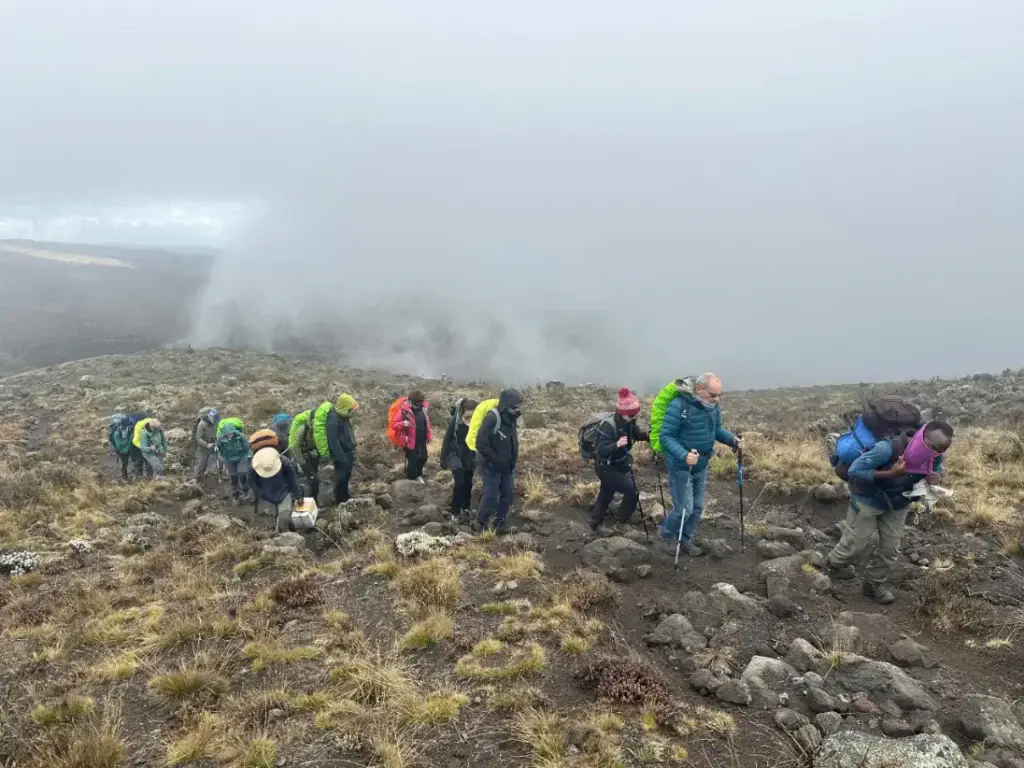
Why Is Kilimanjaro’s Height So Fascinating?
Unlike other central high-altitude mountains, Kilimanjaro is a freestanding stratovolcano, separated from any nearby mountain range. As a result, its looks are even more stunning. Kilimanjaro is visible even from low-lying places.
However, while climbing, you will journey through five different climate zones, starting with a lush rainforest at the base, followed by an alpine desert, and culminating in an Arctic region at the summit. The dramatic transformation experienced over a short span of days is a primary reason why climbing Mount Kilimanjaro is a truly special experience.
How High Is Kilimanjaro Compared to Other Peaks?
To appreciate Kilimanjaro’s stature, it helps to compare it with other giants, both within Africa and globally.
Mountain | Continent | Height (meters) | Height (feet) |
Mount Kilimanjaro | Africa | 5,895 | 19,341 |
Mount Kenya | Africa | 5,199 | 17,057 |
Mount Elgon | Africa | 4,321 | 14,177 |
Asia | 8,848 | 29,029 | |
South America | 6,961 | 22,838 | |
North America | 6,190 | 20,310 |
Even though the Himalayas are much higher, Kilimanjaro still holds the title of being the tallest mountain in Africa—a reason it is honoured among the Seven Summits (the highest peak on every continent).
Kilimanjaro Among Mountains in Africa
Native Africans and visitors alike tend to begin their discussions about mountains in Africa with Mount Kilimanjaro. However, Africa is also home to several other striking highlands, such as Mount Kenya, which offers steeper, more technical climbs, and the Rwenzori Mountains, renowned for their glaciers and dense vegetation.
Even so, no other mountain offers the same scale or accessibility as Kilimanjaro. It’s often known as “Everyman’s Everest” because, despite its height, you don’t need to be a professional climber to make it to the top. Experienced experts lead several travel routes, and they are not difficult to go on.
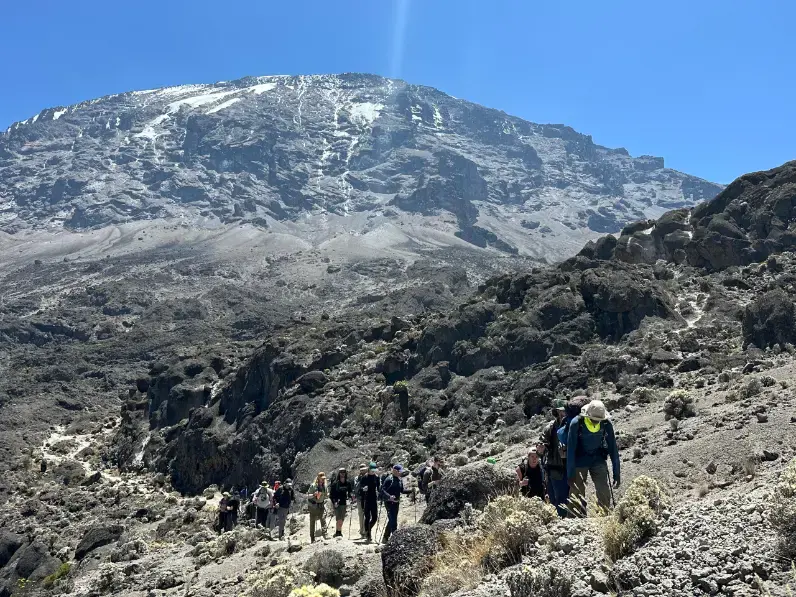
Does Kilimanjaro’s Height Impact the Climb?
Due to the mountain’s high altitude, climbers face a significant risk of altitude sickness. Since many climbers often climb at heights they’ve never been, getting used to the altitude and training pace is vital.
When you go past 3,000 meters, you realise your body is not receiving as much oxygen. If you don’t give your body time to adjust to a new altitude, you may experience headaches, dizziness, and nausea.
That is why it’s common for climbers to use expert guidance, build in frequent rests, and steadily ascend during most organised climbs. A significant part of the question, ‘Is it hard to climb Mount Kilimanjaro?’ is answered here.
Is the Height Too Much for Young Climbers?
5,895 meters. When you first look at the number, it may seem frightening, especially to families with young children planning the hike. Up here, the air becomes less dense, the body can’t move as fast, and the land is harder to hike. A common question to ask is: Is Kilimanjaro’s height attainable for younger people?
Remarkably, the answer is usually negative if you take your time, are patient, and follow advice from an expert.
Being physically strong isn’t enough; you also need to be prepared mentally. People who manage to succeed as young trekkers typically possess great determination, the ability to bounce back, and plenty of enthusiasm for adventure. They are encouraged to walk calmly, take direction from their guides and mainly enjoy the climb rather than run to the top.
For many years, young climbers have reached the summit. Even as young as 7 or 8, some children have reached the summit of Kilimanjaro, although 10 is the official age limit for climbers in Tanzania. Children ages 10 to 16 are required to prove they are fit for the activity and must be monitored by an adult, most often a parent or guardian. They check how fit and prepared each child is before accepting them into activities.
In other words, does it feel too tall? Not necessarily. However, exercising in this way requires intense preparation, careful planning, and complete attention to what it will demand from you physically and mentally.
Do you want to know about the age limit, how to keep kids safe, and how to help them get ready? Everything you need to know is covered in our guide Can children climb Mount Kilimanjaro?
The Summit: Uhuru Peak
Uhuru Peak is the name used for the top of Kilimanjaro, which means “freedom” in Swahili. The volcano sits tall on the Kibo cone, which is the highest of the three summits found on Kilimanjaro (the others are Mawenzi and Shira).
Reaching Uhuru Peak isn’t just about being physically strong; it’s also an emotionally charged experience. Once the sun rises over the clouds, trekkers tend to feel deeply happy and inspired, achieving a great deal.
In closing
The lofty height of Mount Kilimanjaro means more than just a number; it stands for adventure, drive, and discovery. Because it is nearly 6,000 meters high, climbing it challenges your body and lifts your spirit. There is a journey of climate, culture, and self-improvement between the base of the volcano and the top of Kilimanjaro.
If you’re planning a trip to climb up Kilimanjaro or if you wonder how high it is, there’s no doubt: Africa’s tallest mountain is one of its most valuable treasures.
Frequently Asked Questions about Kilimanjaro height.
1. What is the height of Mount Kilimanjaro?
The official height of Kilimanjaro is 5,895 meters (19,341 feet) above sea level.
2. How does Kilimanjaro compare to Mount Everest?
Mount Everest is significantly taller at 8,848 meters, but Kilimanjaro’s freestanding height and diverse terrain make it a unique and popular climb.
3. Is the altitude dangerous?
Yes. The high elevation can cause altitude sickness, which is why gradual acclimatisation and expert guidance are crucial.
4. What makes Kilimanjaro special among African mountains?
Its height, accessibility, and diverse ecosystems make Kilimanjaro the most famous and climbed mountain in Africa.
